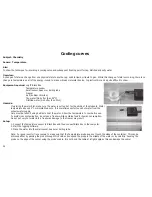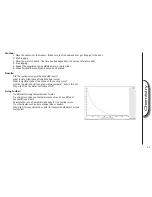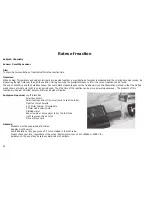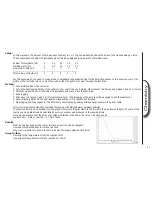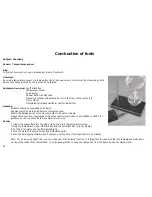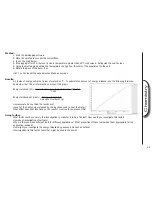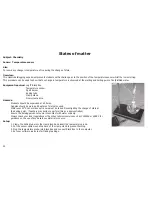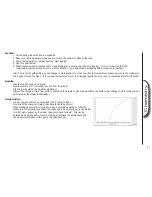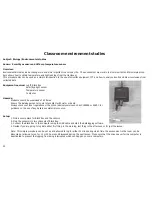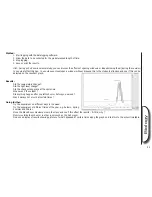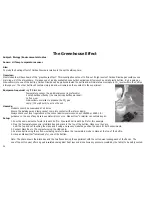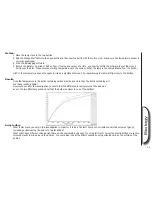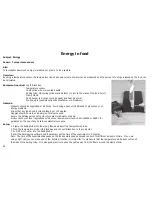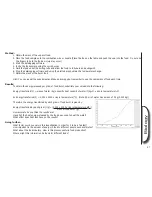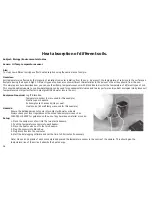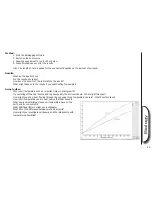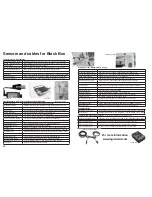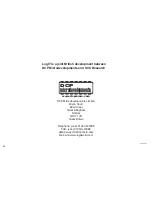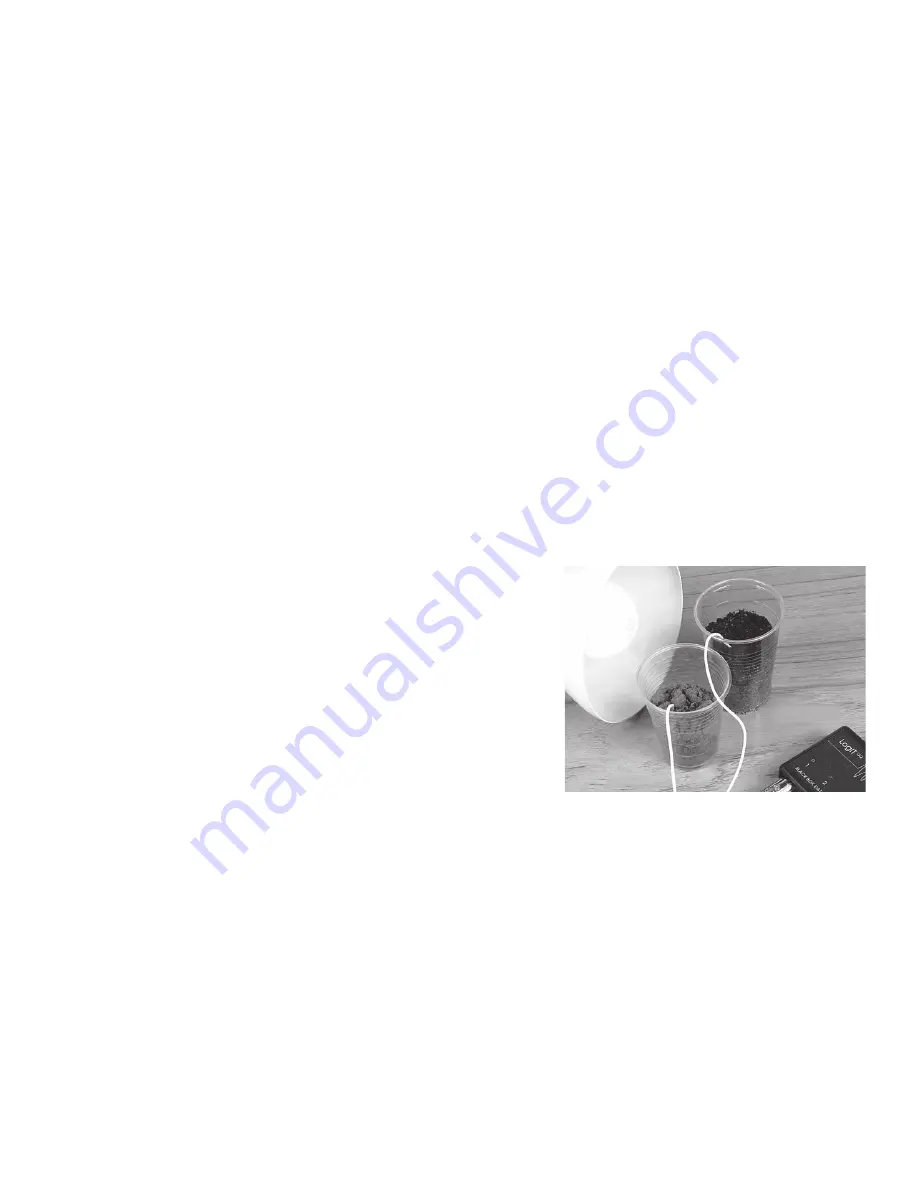
38
Heat absorption of different soils.
Subject: Biology/Environmental studies
Sensor: HiTemp temperature sensor
Aim:
To study how different soil types affect heat absorption using the same mass of sample.
Overview:
Soil temperature is affected by the intensity of radiation from solar radiation from the sun. As a result, the temperature of soil close to the surface can
fluctuate during the day and night. Different types of soil can also show different characteristics in the amount of heat they absorb from the sun.
This simple procedure describes how you can use the HiTemp temperature sensor with Black Box to monitor the temperature of different types of soil.
This should enable students to see how datalogging can be used for environmental studies and to also perform an important ecological study since soil
temperature is an important factor in plant growth and water loss in the soil.
Equipment required:
LogIT Black Box.
Temperature sensor (2 were used for this example)
Plastic cups or beakers.
Soil samples such as sandy, clay or peat.
Heat source (60 watt lamp was used for this example)
Hazards:
Ensure the datalogger cannot come into contact with water or damp.
Always check your local regulations or the school advisory service such as
CLEAPSS or SSERC for guidance on the use of any hazardous material or source.
Setup:
1. Place the same mass of soil into the two plastic beakers.
2. Push the temperature sensors into each beaker.
3. Place the heat source next to the two beakers.
4. Plug the sensors into Black Box.
5. Plug Black Box into the computer.
6. Start the datalogging software and set the time to 30 minutes if necessary.
Note: We used 100 grams of each soil sample and placed the temperature sensor in the centre of the sample. This should give the
temperature rise of the soil as it absorbs the heat energy.

